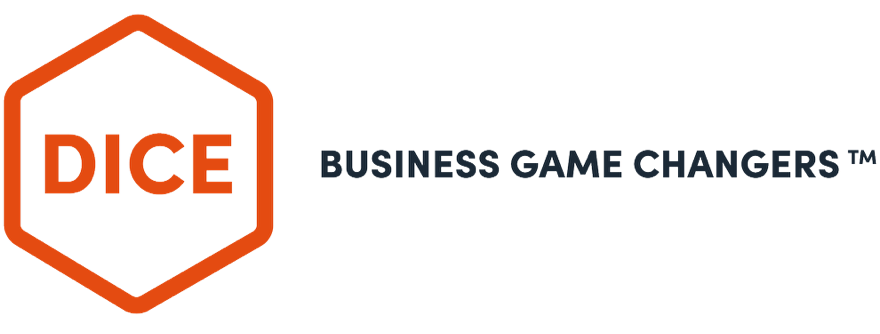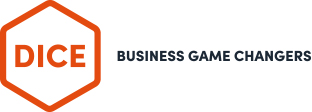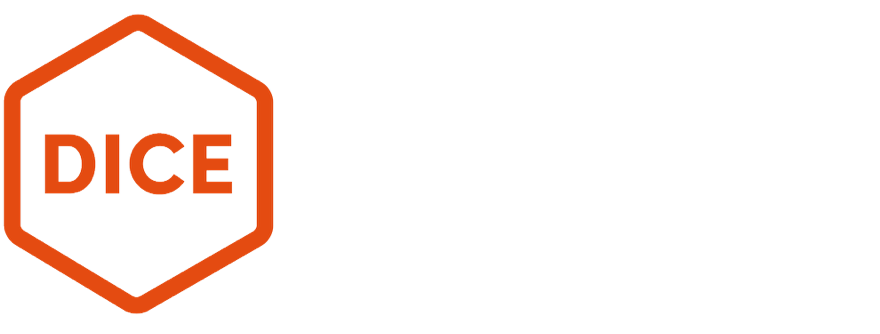Call us on: 01244 478692
Moving from Drama to Empowerment
When we work with clients, we refer to various leadership theories, methodologies, and models to bring things to life. One of the biggest ‘aha moments’ we get with clients is when we share Stephen Karpman’s Drama Triangle with them. This is a psychology model used frequently by therapists in relationship counseling, but it is also very powerful in helping to build stronger team relationships at the top table.
The model helps people to realise that they are responsible for their own lives and happiness. That whatever they are currently blaming on others, they are in fact responsible for causing.
Imagine a triangle with each side being a role – the three roles are Victim, Villain, and Rescuer. We tend to have a favourite starting position which we can adopt as our default life position and from this position we then attract people who play complementary roles. Although we can also fall into playing different roles with different people (sub-ordinates, managers, family members, etc).
Very often the role people most relate to is Rescuer. A Rescuer loves to help others and ‘rescue’ the day. Because of this they often attract Victims because they are people who love to be rescued! On the outside, it looks as though Rescuers are in the best position to be on the triangle, but this isn’t true – the drama triangle keeps us in a state of dependency and doesn’t encourage people to be empowered to make their own decisions or stand on their own two feet.
The Villain might be one of those people in the office who never see the positive in anything or they are quick to point out the one thing you haven’t done rather than praise you for the several things you have completed. The Villain loves to look for others to blame and is likely to see the Victim as useless – in the way a parent might chastise a child for not being able to do something quickly enough.
All of the roles on the triangle are fundamentally masks that we wear to cover up our inherent feeling of ‘not enough-ness’. The solution is not to move to a different position on the triangle but to move off it altogether.
There is an imbalance of power when we are in the drama triangle and that is because deep down the Rescuer believes they know better than the Victim and doesn’t believe they are able to do things for themselves or to as good a level as they can do things. They aren’t treating them like an adult. Consciously or subconsciously, they believe they are ‘above’ them.
At its very core, the Rescuer is trying to feel good about themselves by stepping in and ‘helping’ others. They inherently believe they are better or know more than the Victim and are looking for some form of praise or recognition. But what happens more often than not is that the recognition doesn’t come in the way the Rescuer hoped, and they end up feeling overwhelmed with all of the work they have on because they are doing everything for everyone, and then eventually a switch occurs, and the Rescuer moves into playing the role of the Victim. The Villain can also quickly switch to the role of the Victim – feelings of ‘poor little me’ when people resist or complain about their actions.
Both the Rescuer and the Villain are in a ‘one-up’ position because they see themselves as superior to the Victim and get their sense of purpose or feelings of ‘okay-ness’ by keeping the Victim in their place. The Victim is often driven by feelings of fear – fear of what might happen if they are ‘found out’ or if they get things wrong.
Whilst we might have positions on the triangle, we find ourselves fulfilling more often than others, we are all capable of switching between each of the roles on a daily or even momentary basis within a conversation. The good news is that being aware of the drama triangle and the different roles we might be falling into the trap of playing is half the battle to avoiding it.
David Emerald wrote a book called The Power of TED* (*The Empowerment Dynamic) which offers powerful alternatives to the Victim, Villain, and Rescuer. The alternatives increase choice and really are about switching each reactive role into its assertive and adult proactive choice.
In The Empowerment Dynamic, the Victim becomes Creator. You don’t allow yourself to be dragged into the Victim mindset, you know you are the Creator of your own reality and that you have a choice. Rather than feeling helpless, you make an assertive choice to remain hopeful, inspired, and energised and take responsibility for the choices you make.
The Villain becomes Challenger. We need to trust that people are inherently capable of making their own decisions and rather than criticising or becoming frustrated we can remain confident that with the right amount of challenge and support, the person will take the required action to improve and grow. It’s fine to hold people accountable but not make them feel dominated.
The Rescuer becomes Coach. This involves empowering people and trusting in their abilities. Rather than thriving on being needed, you learn to get the same sense of achievement from helping people to take action and learn for themselves. When used effectively, the shift from the drama triangle to the empowerment dynamic can lead to immense shifts within an organisation. Self-responsibility becomes the norm and people catch themselves before rescuing others. It’s a very powerful leadership tool – if you’re interested in finding out more about how we can help your team’s effectiveness, get in touch.




